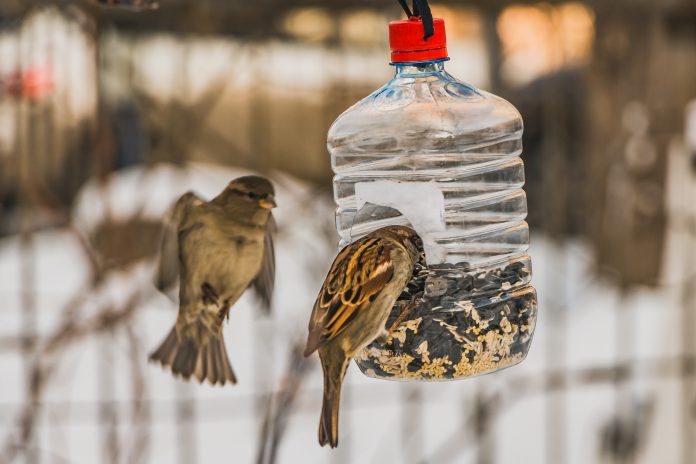Research Professor Ali Harlin urges us to reconsider our plastic use and illustrates how the VTT Technical Research Centre of Finland is aiming to halve the environmental impact of plastics
Plastic is in fact a new material for us. It has only been in use for a couple of generations, so we do not yet exactly know how to use it. Yesterday’s wonder material has also shown us its nasty features: It turns out that the cheap, easy-to-process and efficient-to-use material does not decompose in nature. Between the beginning of the plastics era and today, a ton of plastic has been produced per for every one of us – most of it currently lying in landfills or in nature. Furthermore, the rate of plastic production only keeps on accelerating.
This is the last minute for us to learn how to use plastic correctly. Product designers have a major responsibility: Are they making single-use products or items with a longer life span? However, this does not rule out the obligation of consumers not to litter the environment. None of the materials produced by humans belong in nature, but, after use, their materials need to be either recycled in an organised manner or disposed of through the waste management system. It is not of as great importance that they have been sorted exactly right as it is that every item removed from use moves forward in a controlled manner without ending up in nature.
Currently, the debate revolves around the acceptability of various materials and lays emphasis on their carbon footprints, although it is all ultimately about our environment being littered with rubbish and ecosystems becoming endangered. We, the people, also find ourselves at the end of these ecosystems.
Most of the plastics are used as packaging materials for the purpose of improving the preservation of delicate products, especially foodstuffs. The reduction of product losses is important with a view to the prevention of climate change, and that is also one of the reasons why we cannot completely abandon them. But we can make them better – just the way they were always supposed to be.
At VTT Technical Research Centre of Finland, we have proposed three methods for halving the environmental impact of plastics: We should change out consumption habits, introduce renewable materials and combine recycling technologies.
Let’s redesign the use of plastics
The most creative of the solutions is redesigning the use of plastics. Is disposability always necessary, and could large population centres offer alternative consumption models in their areas?
Fibre-based packaging is an important opportunity. Cardboard is a bio-based, recyclable and biodegradable material. Even if it was necessary to use small amounts of plastics with such materials, the substitution rate may exceed 95%. Besides, the existing recycling systems already enable industrial separation of fibres and plastics.
The return of plastic waste to its structural components
The latest addition to the discussion is the chemical recycling of plastics. It returns mixed waste, which cannot be recycled directly, to its structural components. These can then be used for producing new plastics, as well as for making other chemicals or fuels, for example. In the big picture, this solution promotes environmental preservation much more than simple incineration.
We need to act now before the challenge has grown totally beyond our control. The volume of production has already passed the production of pulp, paper and paperboard.
A few years ago, Finland prepared a national plastics roadmap. Its guiding principle is: Reduce and reuse, recycle and replace. At around the same time, the European Union adopted a European strategy for plastics and introduced a directive on single-use plastics. At VTT we have launched a vision of the future in which the circulation of plastic material will be ensured through various technological and operational solutions. Plastics will no longer end up in the environment and the production and recycling of plastics will be carbon neutral.
In collaboration with the Matsit project promoting food waste reduction, the Packaging Heroes project of the Strategic Research Council, appointed by the Academy of Finland, seeks political and practical solutions in Finland for the next few years.
Finland punches well above its weight in seeking solutions to the plastics problem. Even though we have a small footprint, we may leave a globally significant handprint.
If you are interested to learn about VTT’s ideas and vision, read our A Circular Economy of Plastics publication. The development of the roadmap involved VTT’s leading experts from the following fields: polymer design, plastic production, product development, recycling technologies, circular economy and bioeconomy.
*Please note: This is a commercial profile
© 2019. This work is licensed under CC-BY-NC-ND.











